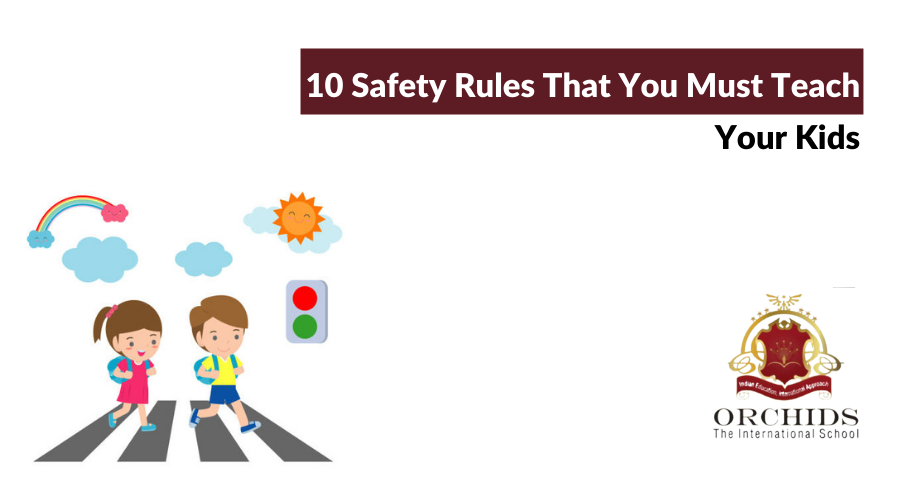
CIT Officers are trained to respond in crisis to mental health crises within their communities. They are also taught de-escalation techniques, and first aid for mental disorders. They are required to complete various training including role-playing exercises. To find out more about becoming a CIT officer, read on!
Officers of the Crisis Intervention Team (CIT), are trained to respond in a crisis situation.
Crisis Intervention Team (CIT) officers are police officers who have been specially trained to respond to mental health crises. Their primary objective is to de-escalate the situation and not use force. They also refer individuals who need mental health care to mental facilities. The training has five main objectives: reduce injuries to officers or the person in distress, promote decriminalization, reduce stigma associated mental disorders, and use a team approach for crisis intervention.

They are also trained to provide de-escalation training
Officers from Cit have received specialized training to help defuse potentially hazardous situations. The training is scenario-based and teaches how you can intervene safely. The scenarios are based on real-life incidents, and officers complete several scenarios outside of a classroom. Officers receive feedback from CIT officers and trained mental health professionals after they have completed the scenarios.
They also receive training in first aid for mental health
In order to avoid and respond to mental illness crises, it is important that Cit officers receive training in mental health aid. This program is modeled on the nationally recognized Crisis Intervention Team training. It is designed to assist first responders in recognizing and responding to signs of mental illness. It also increases the first responders' knowledge of the mental health system and fosters community relationships. This training can also help to decrease the likelihood of mental crisis arrests and injuries.
They participate role playing exercises
CIT officers are required to undergo intensive training to handle crisis situations. Training includes role-playing exercises as well as advanced communication techniques. They have the opportunity to meet with individuals suffering from mental illness as well as their families during the training. They will also learn de-escalation skills through the exercises.
They develop new curricula
CIT Program Manager offers an eight-hour training on Mental Health First Aid for public safety and fire/EMS personnel. Four trainings have been held to date and all were well-received by participants.

They advocate for change
CIT officers have one of most fulfilling roles in law enforcement. They make a difference in the lives, and ensure people have access to the services they need. They can also help to prevent violence, trauma, and other forms of violence. CIT officers frequently deal with difficult situations and must make use of all their psychological and practical resources to make the difference. This is why they need ongoing support from their agencies and communities.
FAQ
What are the benefits from martial arts training
Martial arts training will help you to develop skills that can be used in any situation. These skills will help you grow stronger and quicker. In addition, they teach you how to deal with different types of attacks.
You will also feel more confident. You will feel more secure and relaxed, which can lead to less stress.
They are also great for your health. Regular exercise is proven to improve your physical condition.
What is the best weapon to carry for self-defense?
Sharp knives are the best weapon you can use to defend yourself. You may not think you need a knife for self-defense, but if someone tries to attack you, then you'll find yourself wishing you had one.
You don't need to spend $100 on a folding knife to protect your self. Simple pocketknives will suffice. To be prepared for any eventuality, you can always buy a few additional tools.
Can I legally own a stungun?
Yes. However, you will need a permit issued by your state.
To apply for a permit, you must fill out an application form and pay a fee.
You must keep your permit visible once you have received it (like your wallet).
If your permit is lost, you will have to start the process over again.
Statistics
- Most likely, you'll get tapped out by 90% of the people in your first 3-5 months. (mmaclan.com)
- The Rape, Abuse & Incest National Network reports that 70 percent of sexual violence cases aren't committed by random strangers in a dark alley but by people we know: friends, family, partners, co-workers, etc. (healthline.com)
- Boxers aren't allowed to fight in a clinch, which is a position that occurs in 80% of the streetfights. (mmaclan.com)
- Kung Fu alone has 400 unique martial art styles – and whilst you likely won't be able to find a school for each form, many other martial arts are completely different altogether. (budodragon.com)
External Links
How To
How to use stun guns for self-defense
A stun gun is the best defense against an attacker. If used correctly, stun guns can be dangerous. They are not dangerous if used correctly. Always have a stun gun on you, even if you're not outdoors. You can pull the trigger to shoot directly at someone who attempts to attack you. This will stop them.
Read on to find out how to use a stungun for self defense.
-
Always point the weapon in the direction of the target.
-
The chest area should be your goal.
-
You can only pull the trigger once.
-
Keep the weapon in your hands.
-
The weapon should be pointed at the target until the victim becomes unconscious.
-
To be safe, move quickly
-
Never touch the victim if you pull the trigger.
-
In extreme circumstances, only use a stungun.
-
Do not try and disarm an intruder.
-
Call 911 immediately if you are attacked.
-
Once the attacker has been subdued, call the police.
-
Do not let an attacker approach you again.